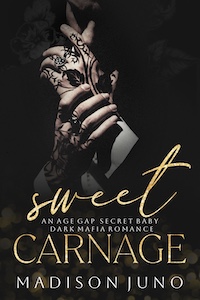House of Incest
Anaïs Nin, Val Telberg
Rated: 3.84 of 5 stars
3.84
· Steam/Spice level: 5 of 5
Explicit and plentiful [?]
· 24 ratings · 72 pages · Published: 1958

"Meanwhile a batch of dreams kept for a year served as a takeoff for House of Incest . They supplied the atmosphere, its climate and texture. At the same time I discovered that the dream had to be expanded, recreated, could not be told literally for then it became as flat and one-dimensional as representational realism. One had to find a language for it, a way of describing atmosphere, the colors and textures in which it moved. […]”
"The dream taught me not only the delight of sensory images, but the fact, far more vital, that they led directly into this realm of the unconscious which Joyce, Virginia Woolf, and Proust attained in various ways—Joyce by free association, with words, play on words, Proust by trusting the free associative process of memory and staying lingeringly in the realm between sleep and waking which resembles the waking dream, Virginia Woolf by accepting the vision of the poet as reality.
House of Incest was, like a poem, visionary symbolic dream sequences which were woven together.”
—Anaïs Nin, “The Novel of the Future,” (Athens: Ohio University Press, 1986), 118–119
Originally published in 1936, House of Incest is Anais Nin's first work of fiction. The novel is a surrealistic look within the narrator's subconscious mind as she attempts to escape from a dream in which she is trapped, or in Nin's words, as she attempts to escape from "the woman's season in hell." In the documentary Anais Observed , Nin says House of Incest was based on dreams she'd had for more than a year.Nin's usage of the word incest in this case is metaphorical, not literal. In this book the word incest describes a selfish love where one can appreciate in another only that which is similar to oneself. One is then only loving oneself, shunning all differences. At first, such a self-love can seem ideal because it is without fear and without risk. But eventually it becomes a sterile nightmare.


